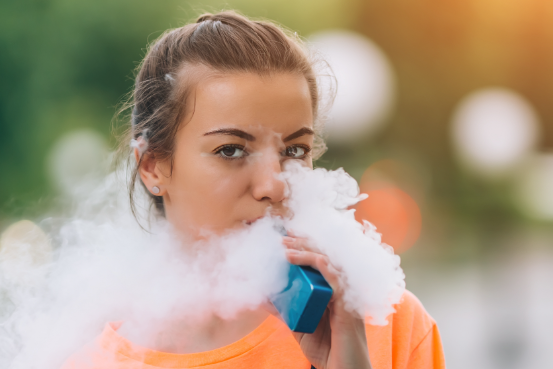The US government has been attempting valiantly for decades to persuade teens to give up smoking cigarettes. The government has turned its focus toward vaping items in recent years. The government has started to crack down on it gradually.
The Food and Drug Term (FDA) issued a directive to businesses in 2020, during the end of the previous President Donald Trump’s administration, ordering them to stop selling flavored e-cigarette cartridges. Officials thought the items were marketed toward teens.
Amid the epidemic levels of youth e-cigarette use and the popularity of certain products among young people, FDA today finalized an enforcement policy on unauthorized flavored cartridge-based e-cigarettes most used by youth. https://t.co/3kJ3iNZLjZ pic.twitter.com/psNopnhjb9
— U.S. FDA (@US_FDA) January 2, 2020
According to Matthew Myers, president of the Campaign for Tobacco-Free Kids, “relatively rapid removal” of vaping “products that have been the primary cause of the youth e-cigarette epidemic.”
The FDA’s Center for Tobacco Products director, Brian King, claimed that because everything the organization undertakes “gets litigated,” the assessment process took a lot of time.
Why hasn't teen vaping slowed since the @US_FDA received nearly 8 million applications for e-cigarette products?
— CA Tobacco Center for Organizing & Engagement (@CATobaccoCenter) November 29, 2022
It takes time to be thorough.https://t.co/UxAjgY88Gc
The American Heart Association estimates that every day, 3,500 young people begin vaping. When using an e-cigarette, aerosol is produced that contains particles that have been associated with cancer, heart and respiratory problems, and was formerly hailed as a healthy alternative to smoking.








